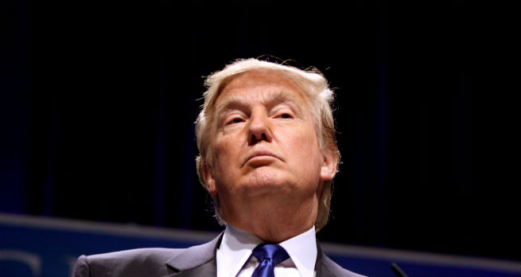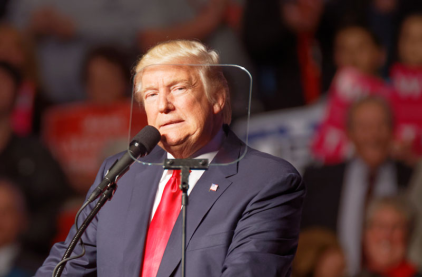 Women Of Faith Cry Out: A protest against Trump's policies outside the Washington offices of US Customs And Border Protection
Women Of Faith Cry Out: A protest against Trump's policies outside the Washington offices of US Customs And Border Protection
By now, you’ve probably heard about the family separation and detention policies at the U.S. border. The facts are horrifying.
Recent media coverage has led to a flurry of outrage and debate about the origins of this policy. It is a lot to take in, but this case also got me thinking about an important lesson from sociology for following politics in 2018: we’re not powerless in the face of “fake news.”
Political sociologists talk a lot about framing—the way movements and leaders select different interpretations of an issue to define and promote their position. Frames are powerful interpretive tools, and sociologists have shown how framing matters for everything from welfare reformand nuclear power advocacy to pro-life and labor movements.
One of the big assumptions in framing theory is that leaders coordinate. There might be competition to establish a message at first, but actors on the same side have to get together fairly quickly to present a clean, easy to understand “package” of ideas to people in order to make political change.
The trick is that it is easy to get cynical about framing, to think that only powerful people get to define the terms of debate. We assume that a slick, well-funded media campaign will win out, and any counter-frames will get pushed to the side. But the recent uproar over boarder separation policies shows how framing can be a very messy process. Over just a few days, these are a few of the frames coming from administration officials and border authorities:
- We don’t have a border separation policy
- We had to do something, and it’s the Democrats’ fault
- We have to enforce the “law,” it’s biblical
- Those things that look like cages aren’t really cages
- Ok, we’d just rather you not use the word “cage”
No, these aren't cages, @SteveDoocy says. The authorities simply "built walls out of chain-link fences." Yes, that's a real quote from Fox just now. pic.twitter.com/7oVQ6oE85x
— Brian Stelter (@brianstelter) June 18, 2018
We don’t know how this issue is going to turn out, but many of these frames have been met with skepticism, more outrage, and plenty of counter-evidence. Calling out these frames alone is not enough; it will take mobilization, activism, lobbying, and legislation to change these policies. Nevertheless, this is an important reminder that framing is a social process, and, especially in an age of social media, it is easier than ever to disrupt a political narrative before it has the chance to get organized.
This article was originally published by Sociological Images


Rate and Review
Rate this article
Review this article
Log into OpenLearn to leave reviews and join in the conversation.
Article reviews
Desi Tashan Serial
Yeh Hai Mohabbatein